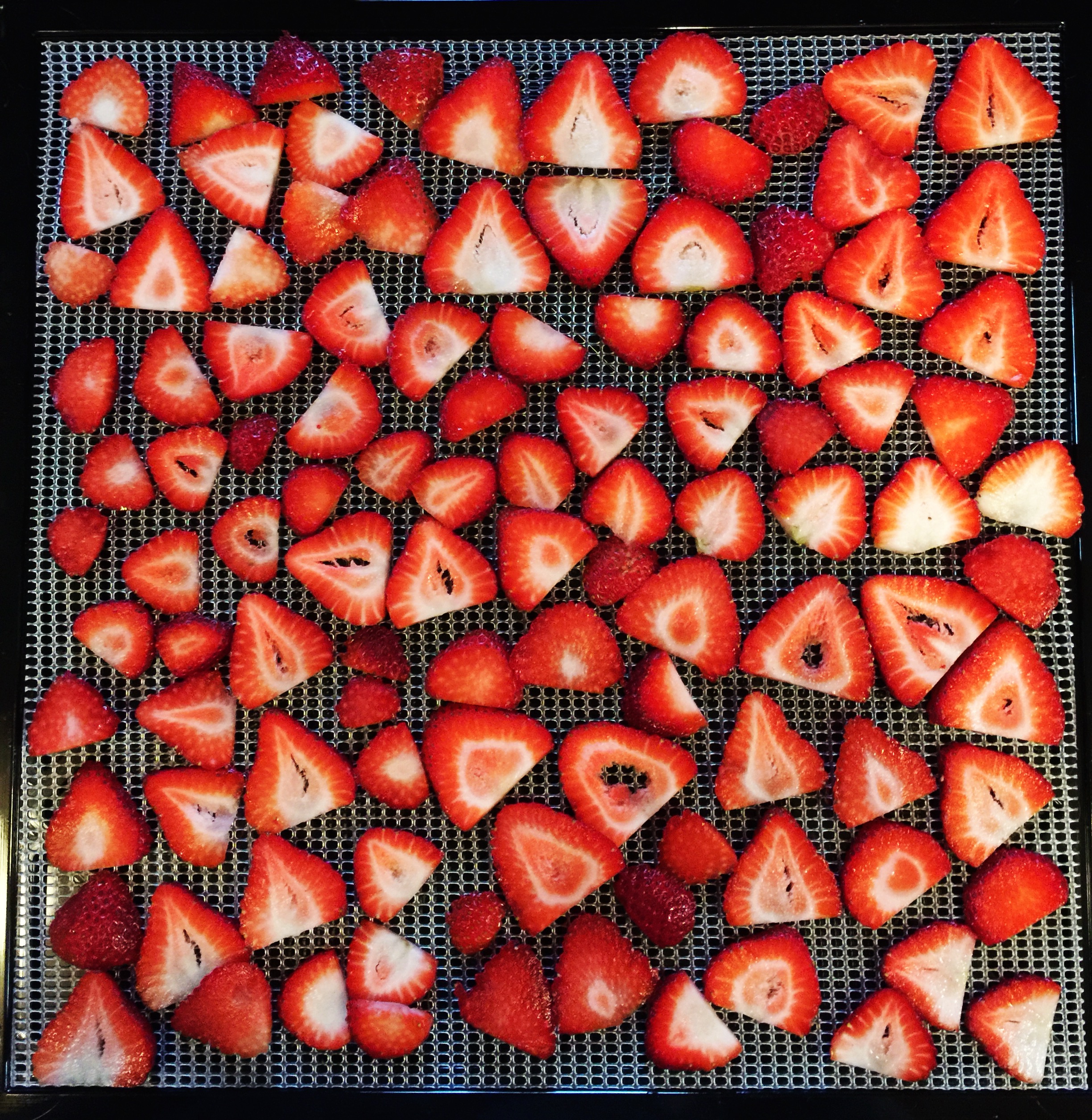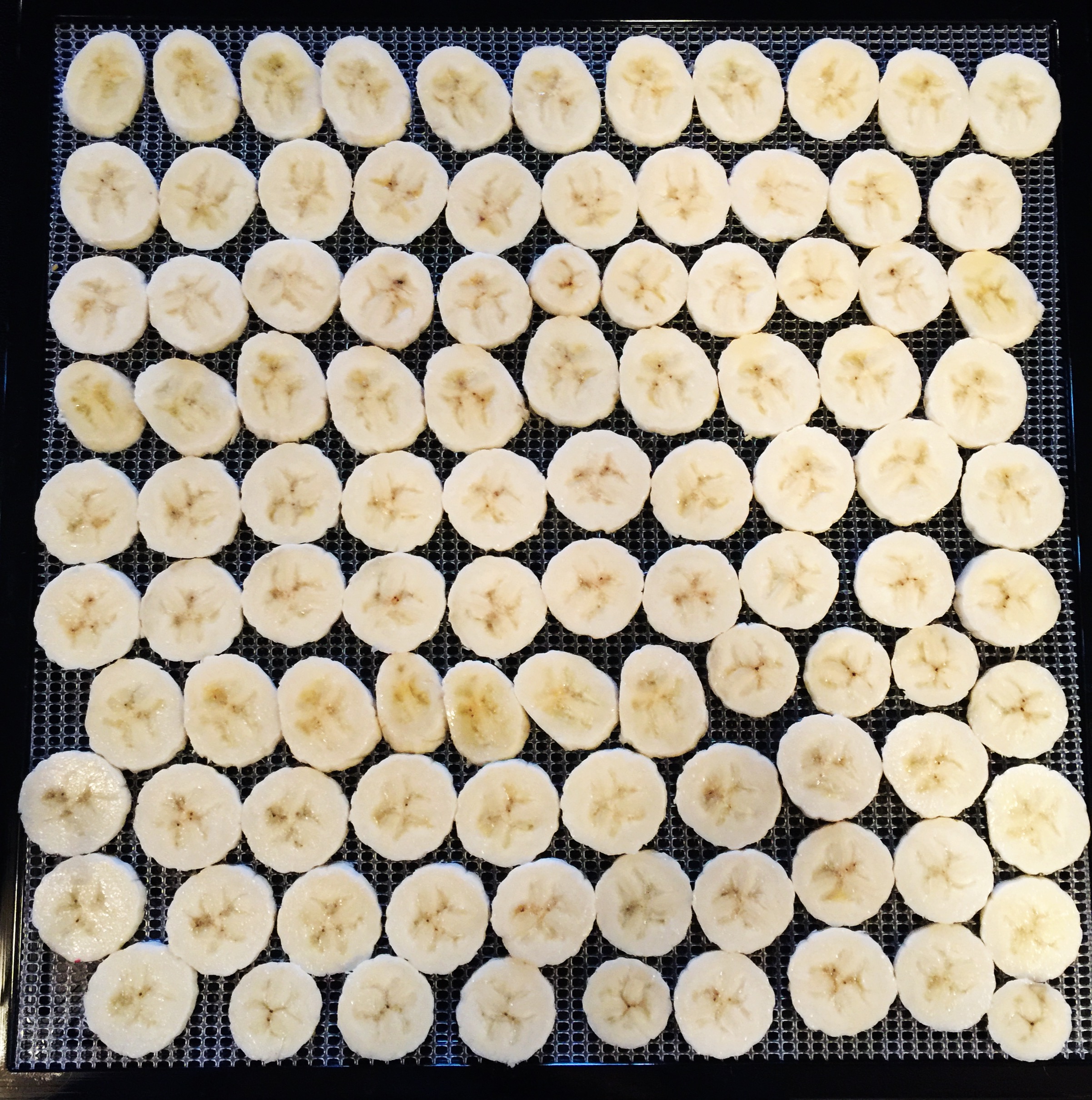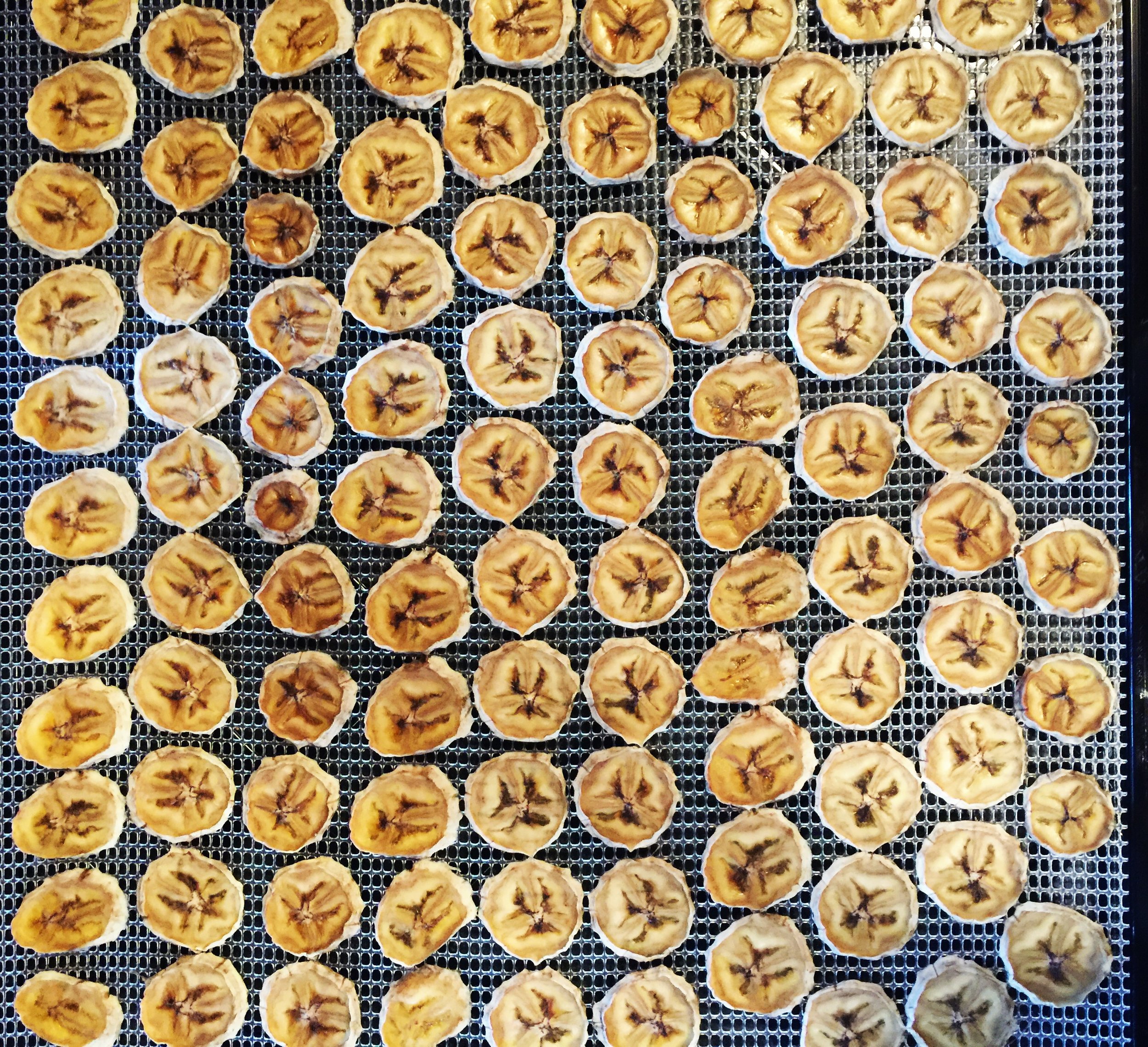DEHYDRATION: FOOD PRESERVATION TECHNIQUES
Dehydration is a technique I spent the last three weeks learning about for one very specific reason. My husband and his friend Chris are embarking on this human powered sailing race 750 miles to Alaska called the R2AK. The race takes you from Victoria BC through the Inside Passage, all the way to Ketchikan Alaska with no motor and no support. They can stop along the way, but there is no guaruntee that food is available. Thus, to fuel their voyage, I set out to create two weeks of hearty meals for them. The way to do this: dehydration. So I wanted to share some fun facts about dehydrating fruits and veggies, a great way to save money, and eat top quality produce, all year round.
Food dehydration is one of the oldest food preservation methods and is a awesome for a number of reasons:
- Dried fruits and vegetables retain their original vitamins, nutrients and enzymes far better than other methods of food preservation
- Dried fruits have TWICE the antioxidant density of fresh fruit
- Dried fruits and vegetables have more fiber per serving than fresh fruit and are easy to transport
- The dried fruits you make at home have no added sugars, stabilizers, or preservatives
- The dried fruits you make are great snack alternative, especially compared to the highly processed, high sugar packaged snacks you buy at the grocery store
- Your dehydrated fruits and veggies can last up to one year
- It saves you money: you can buy fruits in season, in bulk, direct from the farmers
- It saves space by shrinking food to 1/6th of its original size
- A great natural calorie dense fuel for athletes
- You can dehydrate overnight, in your sleep!




